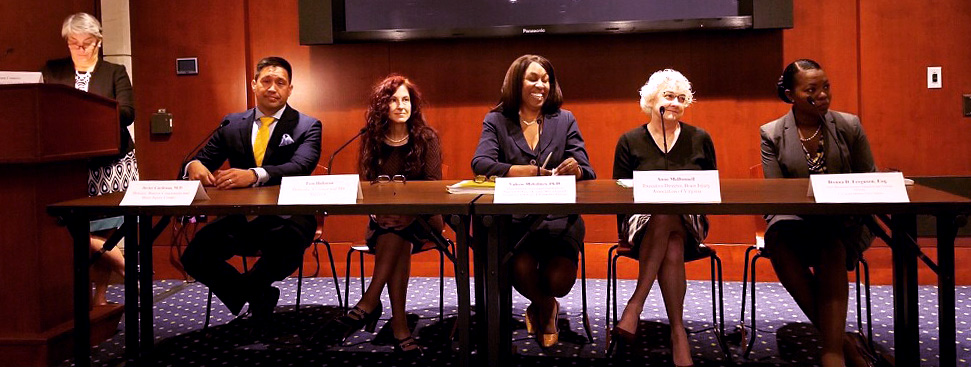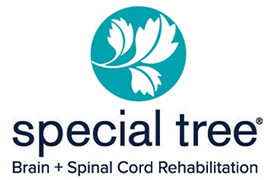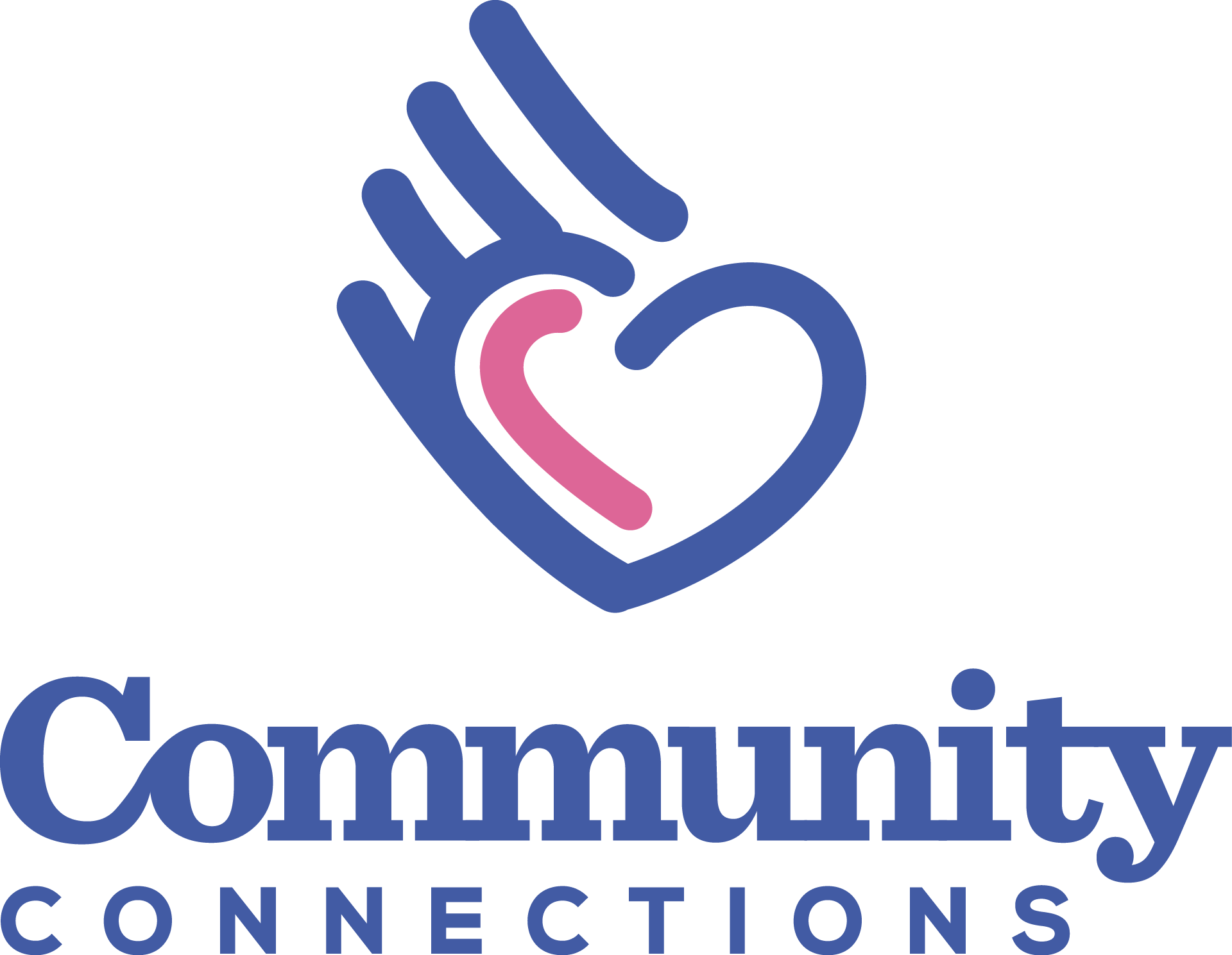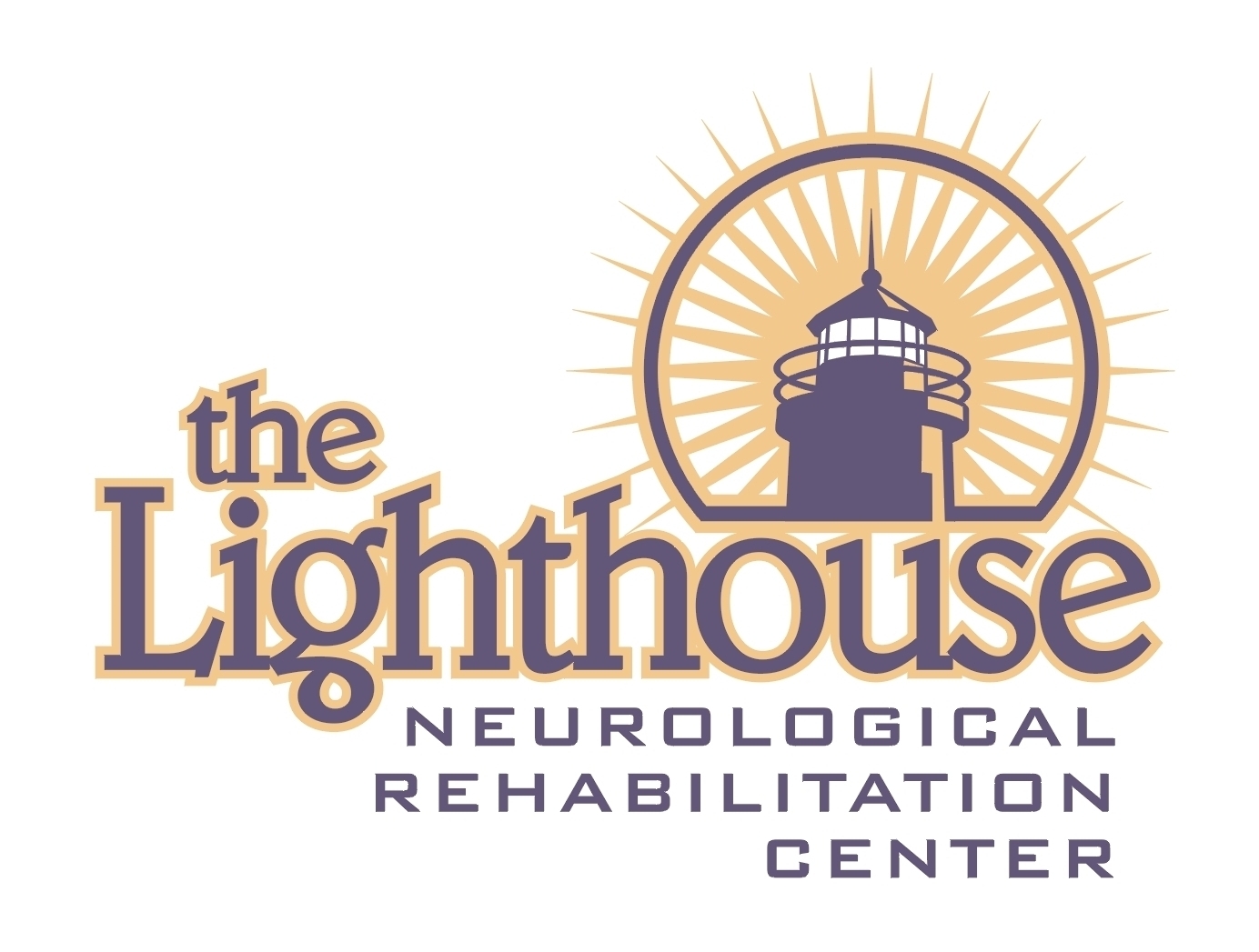Domestic Violence
Often, domestic violence victims are treated for the visible wounds and, possibly, their psychological ones. Victims often have brain injuries that go undiagnosed by medical professionals and the altered behavior from the brain injury is misinterpreted for a psychological disorder or lying. While studies exploring the relationship between domestic violence and brain injury are scant, findings suggest that survivors of domestic violence-related TBIs are more likely to have below average recoveries. We need to be vigilant, when domestic violence is suspected or if it has been confirmed, medical professionals should check for a brain injury.
Domestic Violence, as defined by the American Psychological Association, is a pattern of abusive behavior, which includes causing physical, sexual, and/or psychological harm.
Types of Domestic Violence
Intimate Partner Violence is a specific type of domestic violence. As defined by the Centers of Disease Control and Prevention (CDC), IPV is physical, sexual, or psychological harm by a current or former partner or spouse. It is this clarification that the abuser is or was a romantic partner or spouse that separates it from generalized domestic violence. This type of violence can occur among heterosexual or same-sex couples and does not require sexual intimacy.
Child maltreatment can qualify as domestic violence in certain cases and is aimed at children. As defined by the CDC, it is any type of abuse or neglect of a child under 18 years of age by a parent, guardian, caregiver, or another adult in a custodial role, such as a teacher, coach, or clergy member. The most common forms are:
- Physical Abuse
- Sexual Abuse
- Emotional Abuse
- Neglect
While all four qualify as abuse, only physical and sexual abuse can be consider domestic violence, which can directly result in a brain injury. This does not down play the harm done by emotional abuse or neglect, which can directly or indirectly cause brain injuries, they do not qualify as violent acts.
A specific form of child maltreatment is referred to as Abusive Head Trauma (AHT). As defined by the CDC, it is a form of of physical child abuse that causes injury to an infant's or child's brain. This includes what is commonly referred to as Shaken Baby Syndrome. AHT is most commonly seen in children under five years of age, with children under one being at the highest risk. It is caused by violent shaking or blunt force trauma and can cause bleeding around the brain or inside the back layer of the eyes. Long-term health issues include developmental delays, physical disabilities, and hearing and vision problems.
The most likely trigger for AHT is when a parent, guardian, or caregiver becomes angry or frustrated by the child's crying. In an attempt to stop the crying, the child is shaken or hit. It is important for parents, guardians, and caregivers to remember: crying, even long bouts of inconsolable crying, is normal for infants.
Elder abuse can qualify as domestic violence in certain cases and is aimed at senior citizens. As defined by the CDC, it is the intentional act, or failure to act, by a caregiver or another trusted person that causes risk of harm to an older adult. The most common forms are:
- Physical Abuse
- Sexual Abuse
- Emotional Abuse
- Financial Exploitation
- Neglect
While all five qualify as abuse, only physical and sexual abuse can be consider domestic violence, which can directly result in a brain injury. This does not down play the harm done by emotional abuse, financial exploitation, or neglect, which can directly or indirectly cause brain injuries, they do not qualify as violent acts.
Domestic Violence and TBI
- Blows to the head
- Blows to the body that cause the head to move violently and rapidly
- Shooting or stabbing, especially in the face or head
- Blood loss
- Violent shaking
- Near drowning, suffocation, strangulation, and other forms of oxygen deprivation
- Electric shocks
- Substance abuse
The Most Frequently Injured Locations
- Face
- Neck
- Head
For more information, see our page on Traumatic Brain Injury (TBI).
- They do not or cannot seek health care because:
- They are afraid of their abuser
- Their abuser controls their access to health care
- They lack transportation
- They live in an area that lacks the expertise or resources to diagnose and treat TBI
- They are one of multiple victims in a family and they take the majority of it to protect the others
- They are afraid of being stigmatized
- They are afraid no one will listen or believe
- They are ashamed
- Medical professionals are more concerned with the visible injuries
- TBI symptoms have not surfaced yet
- TBI symptoms are confused with mental health or substance abuse issues
For more information, see the Domestic violence, brain injury and psychological trauma page from the Neurologic Rehabilitation Institute at Brookhaven Hospital.
Pam Hallman Speaks Before the U.S. Congressional Brain Injury Task Force

In October 2017, brain injury and domestic violence survivor Pam Hallman (pictured third from the left), a Michigan resident and BIAMI member, spoke before the U.S. Congressional Brain Injury Task Force in Washington D.C. at the “The Silent Epidemic in America – Brain Injury and Domestic Violence” briefing. You can read more about that here.
How Do TBIs Affect People?
Brain injuries can alter a person's cognitive abilities, have physical manifestations, and influence a person's emotional and behavioral state. Those that have suffered a TBI may not realize they did or believe they did not suffer any negative effect from it. Please review the information below for a few examples of how TBIs can affect people. If you see any of these in yourself or others, please see a medical professional and get screened for TBI, especially if domestic violence is involved.
Cognitive
- Short-term memory loss
- Ability to process information impaired
- Difficulty concentrating for periods of time
- Difficulty following a conversation
- Spatial disorientation
- Organizational problems
- Impaired judgement
Physical
- Seizures
- Muscle spasticity
- Double vision, low vision, or blindness
- Loss of taste or smell
- Speech impairments
- Headaches and migraines
Emotional and Behavioral
- Increased anxiety
- Depression
- Mood swings
- Impulsive behavior
- Increased agitation
- Egocentric behaviors
- Difficulty understanding behavioral impact
Domestic Violence Statistics
- BIAA Study
- National Intimate Partner & Sexual Violence Survey
- Child Abuse and Neglect Statistics
- AHT Statistics
- Elder Abuse Statistics
Researchers found that 67% of women surveyed had symptoms associated with traumatic brain injury and 30% reported loss of consciousness after a blow to the head. Additionally, 60% reported no loss of consciousness, but did report symptoms associated with TBI.
Researchers suspect that women who receive a TBI from domestic violence are more likely to experience post-concussive syndrome. The researchers behind this study are uncertain if the women surveyed were more likely to have below average recoveries or develop post-concussive syndrome. They believe it may be the nature of sustaining a brain injury from a blow to the head that causes the brain to rotate in the skull, that female hormones may play a role in recovery, or that victims of domestic violence have multiple injuries. While they advocate for further studies into the nature and consequences of domestic violence and TBI, researchers also recommend early TBI screening for domestic violence victims to ensure proper treatment and prevent further injuries.
Corrigan, J.D., Wolfe, M., Mysiw, J., Jackson, R.D., & Bogner, J.A. Early identification of mild traumatic brain injury in female victims of domestic violence. American Journal of Obstetrics and Gynocology, 188, S71-S76.
- 22% of women and 14% of men experienced severe physical violence
- 9% of women and 1% of men experienced attempted or completed rape
- 9% of women and 3% of men were stalked
- Before reaching age 25, 71% of women and 58% of men who experienced sexual or physical violence, or stalking
- 27% of women and nearly 12% of men have experienced contact sexual violence*, physical violence, or stalking
- This violence was shown to have negatively affected their life in some way, such as:
- Fear for their safety
- Sustained injuries or needed services
- Lost days from work or school
- Roughly 24 people are victims of rape, physical violence, or stalking every minute
- Over 12 million men and women reported being the victim of rape, physical violence, or stalking in one year
- 1 in 4 women and 1 in 7 men will experience severe physical violence in their lifetime
*Contact sexual violence includes rape, being made to penetrate, sexual coercion, and unwanted sexual contact
Statistics from the CDC
- 27% of victims are under 3 years old
- 1 in 4 children will experience some form of abuse or neglect in their life
- 702,000 victims of child abuse and neglect were reported to Child Protective Services in 2014
- Nearly 1,580 children died from abuse or neglect in 2014
- Lifetime costs for child abuse and neglect is $124 billion every year
Statistics from the CDC
- AHT is the leading cause of death by abuse in children under the age of 5
- Children under the age of 1 are at the greatest risk
- 1 in 3 child maltreatment deaths are from AHT
- Most cases of AHT are caused by frustrated parents trying to stop inconsolable crying
Statistics from the CDC
- 1 in 10 people ages 60 and older will experience abuse, neglect, or exploitation at home
- For every reported or detected case of elder abuse, roughly 23 will go unreported or unnoticed
- Medical costs associated with elder abuse are over $5.3 billion every year
- The cost of financial exploitation of elders amounts to $2.6 billion every year
Statistics from the CDC
Preventing Domestic Violence
- Helping young people develop necessary skills
- Leadership
- Communication
- Problem solving
- Teaching what constitutes dating violence
- Illustrating how sexist jokes and derogatory language support violent behavior
- Teaching young people about consent
- Encouraging men to speak out against dating and domestic violence perpetrated by other men
- Encouraging victims of dating and domestic violence, both men and women, to speak up and seek help
- Teaching non-violent ways of conflict resolution
- Modeling healthy realationships
- Advocate for the funding of domestic and sexual violence primary prevention programs
- Teaching and modeling respect
- Talking openly about the issues of violence and abuse
For more information, see the Prevention Plan Brochure from the Michigan Coalition to End Domestic and Sexual Violence (MCEDSV).
- Creating supportive family environments and social networks
- Nurturing parenting skills
- Creating stable family relationships
- Establishing household rules and child monitoring
- Ensuring parents are employed
- Providing adequate housing
- Providing access to health care and social services
- Ensuring there are caring adults outside the family who can serve as role models or mentors
- Building communities that support parents and take an active role in preventing abuse
- Understanding that crying is most frequent in the first few months after birth, but will decrease over time
- To calm a crying baby, try:
- Gently rocking
- Softly singing or talking
- Offering their pacifier
- Taking the baby out for a walk in their stroller
- Taking your baby for a drive
- If crying persists, check to make sure there are no signs of illness and call the doctor if you suspect the child is sick
- If you feel yourself getting frustrated or angry, focus on calming yourself down
- Put the baby down in a safe place and check on them every 5 – 10 minutes
- Call a relative or friend for support
- Never leave a baby with someone who is easily irritated or has a history of violence
- Being aware of new parents in your family or community
- Providing support
- Offering to give parent, guardian, or caregiver a break when needed
- Encouraging parents, guardians, or caregivers to take breaks to calm down if needed when the baby is safe in the crib
- Being sensitive and supportive in situations when parents, guardians, or caregivers are trying to calm a crying baby
- Supporting work policies that make it easier for working parents to stay with their infants during the period of increased infant crying
- This period last from 4 – 20 weeks of age
- Establishing numerous strong relationships with people of varying social status
- Establishing a strong support network
- Building a strong community, one that is inclusive of elders
- Establishing positive beliefs and attitudes toward elders
- Encouraging elders to speak out if they are being abused
- Providing access to health care options
- Allowing elders to make decisions regarding their health care
- Providing greater access to formal services, such as respite care
- Ensuring financial independence for elders
For more information, see the CDC’s Elder Abuse: Risk and Protective Factors and Elder Abuse: Prevention Strategies pages.
HELPS TBI Screening Tool
Advocates and program staff who work with survivors of domestic violence should consistently screen for TBI symptoms. One method is HELPS*, a brief screening tool specifically developed for professionals whose expertise does not include TBI.
H. Were you HIT IN THE HEAD?
E. Did you go to the EMERGENCY DEPARTMENT for treatment?
L. Did you LOSE CONSCIOUSNESS?*
P. Are you having PROBLEMS WITH CONCENTRATING OR REMEMBERING?
S. Have you experienced feeling SICK OR OTHER PHYSICAL PROBLEMS after getting hurt?
*Loss of consciousness is not necessary to have sustained a brain injury.
If you suspect they have a brain injury or if they answer yes to any of the questions, help them get evaluated by a medical professional. Catching brain injuries early is the only way to maximize the victim's recovery. If brain injuries go unnoticed, victims have below average recoveries and increased risk of death. For more information on how to help domestic violence victims, see the Domestic Violence and Traumatic Brain Injury Information Guide page from the New York Office for the Prevention of Domestic Violence.
*The original HELPS TBI screening tool was developed by M. Picard, D. Scarisbrick, R. Paluck, 9/91, International Center for the Disabled






